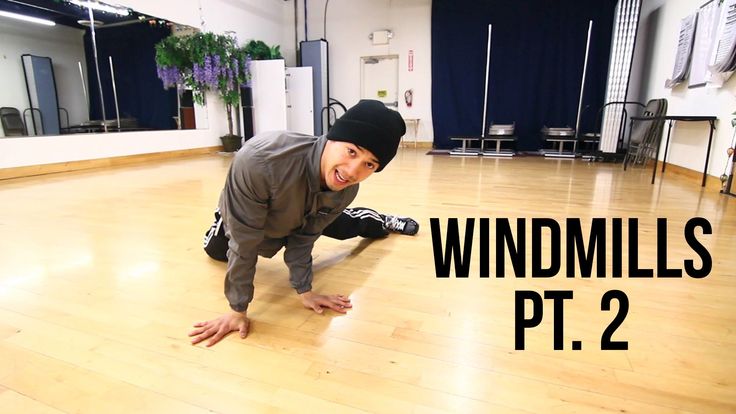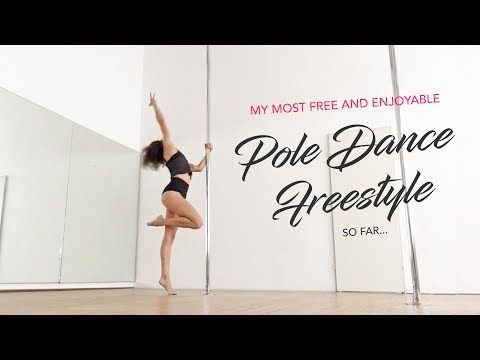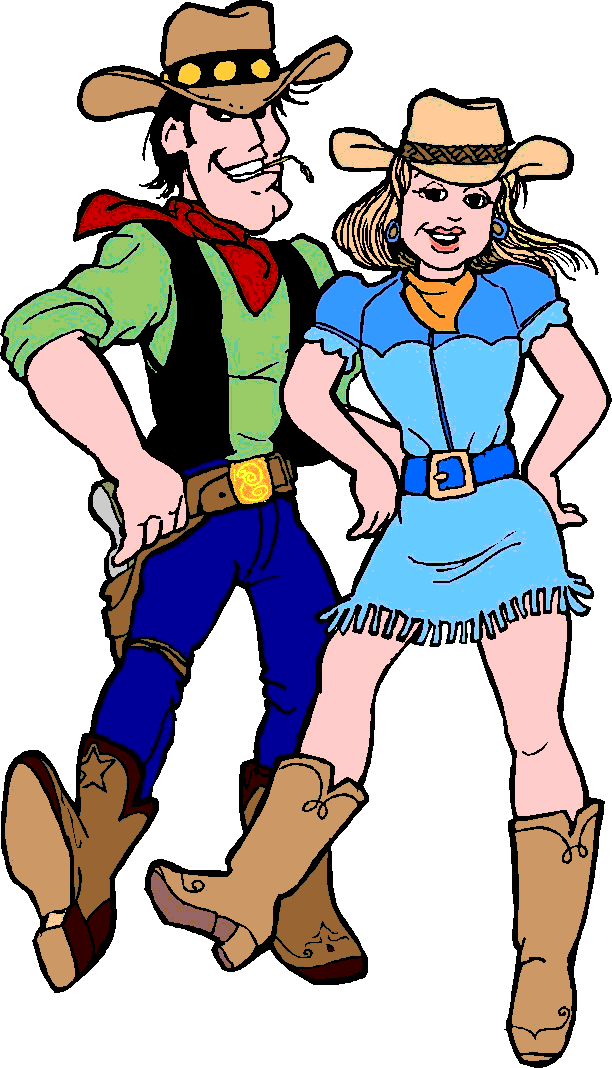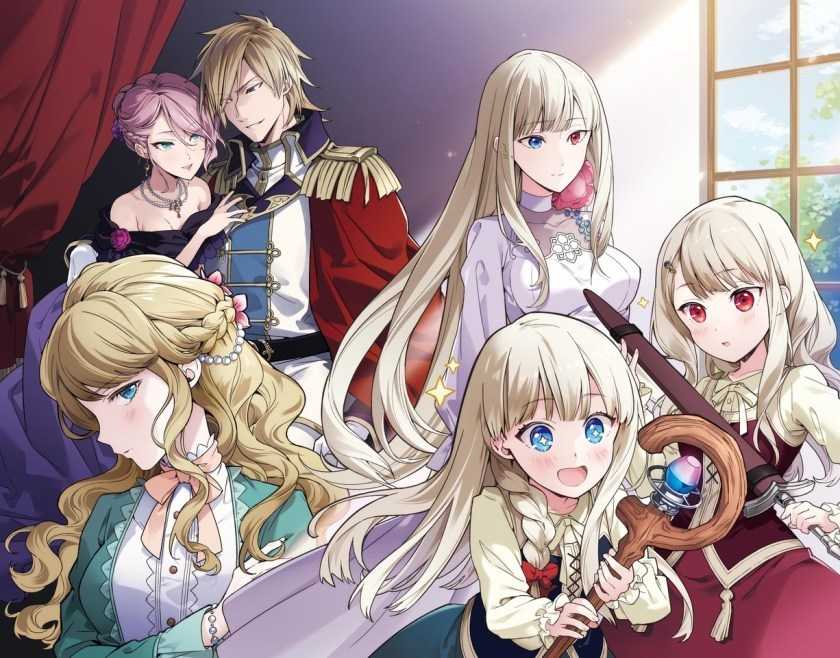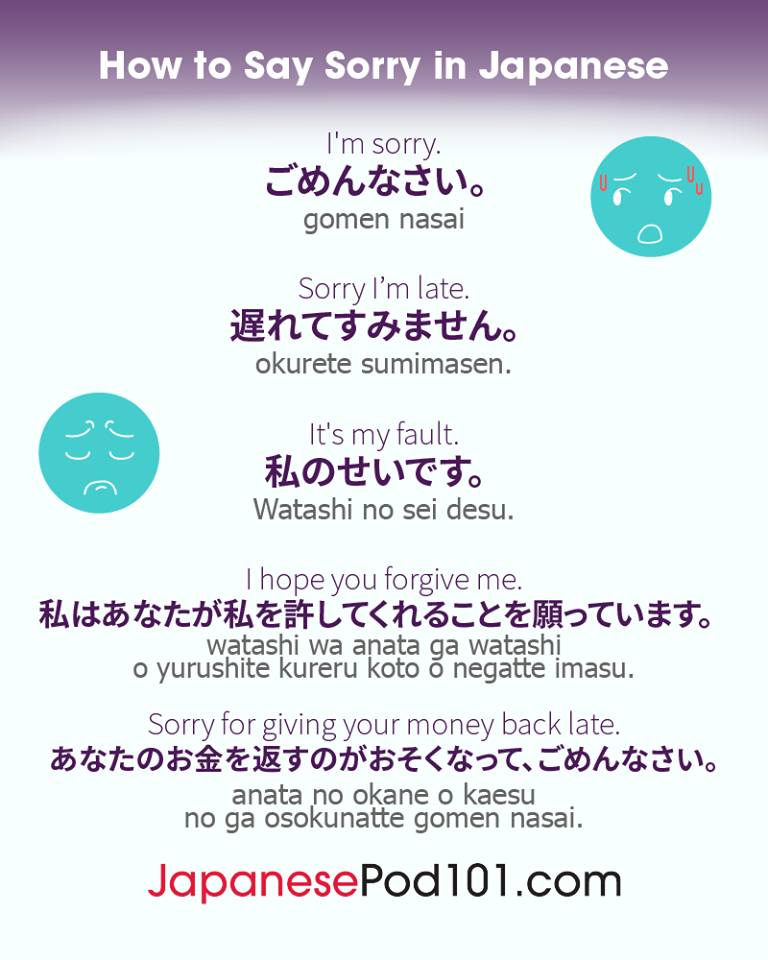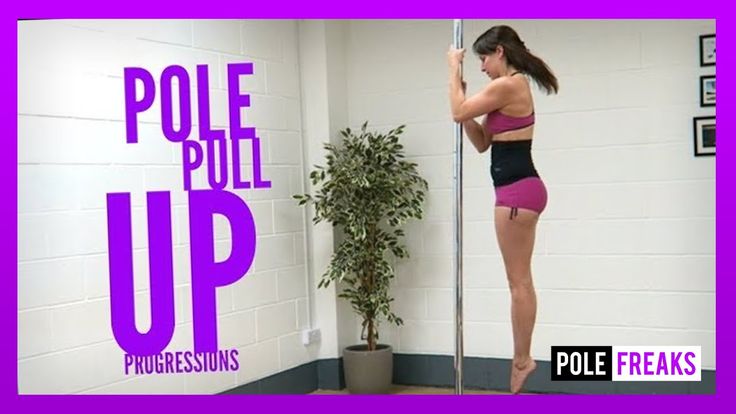How to windmill dance
How to Windmill Break-dance For Beginners
How to Windmill Break-dance For BeginnersThe Windmill break-dance is considered the toughest among the most prominent break-dancing moves, as it is a combination of Kung Fu, a windmill’s gyroscopic movement, and some other dance moves. The windmill break-dance requires strong coordination between the movement of your legs and arms. Of course, no one can master the windmill dance in a couple of days or weeks, as it requires a lot of experience and grueling efforts. Nevertheless, once you have improved your skill set to a certain level, it becomes relatively easier for you to learn the more advanced moves. The windmill break-dance originated in Bronx, N.Y., where the Rocksteady Crew’s Crazy Legs unintentionally performed the moves while doing a backspin.
Instructions
-
1
The most important thing in the windmill break-dance is the balance and positioning of your body.
Facing the ground, you should place your left elbow in the centre of your abs and make sure that your forearm is at a right angle to your body. If you are right handed, then you should do the opposite.
-
2
Next, you must place your palm on the ground and ensure that your fingers are pointing backwards. It is important that your body be straight and its weight should be on your elbow.
-
3
Now, you must position your legs properly. For this, you need to stretch your legs but keep your toes on the surface.
 Do not forget to place your right arm at the angle of 45 degrees to your body.
Do not forget to place your right arm at the angle of 45 degrees to your body. -
4
After you have positioned your body in this manner, you must start spinning on the ground by taking a little push from your left palm. While spinning, you must jerk yourself towards the ground and make sure that your forearm stays under your chest.
-
5
After you have dropped, you must now lift yourself properly. For this, you will need force from your legs. You will have to lift your right leg at least two feet above the ground level and at the same time, apply force from your left palm.

-
6
Note that it is necessary that you should spin clockwise otherwise there will be little charm in the windmill break-dance. For this, you will have to take a little jump and then drop back to the surface. It is important that you keep control over your body, otherwise you can fall down and get injured.
-
7
Now, you must repeat that motion to continue dancing and place both of your hands on the floor when doing a backward flip.
Posted by vincent-chase in Dance
The Breaks, a breaking encyclopedia
Windmills by Storm .
Windmill, power move, a roll around the upper back, shoulders, and arms, with open legs swung through the air in circles.
History
The windmill evolved from the continuous backspin, a move developed by Crazy Legs around 1978 when he accidentally over rotated a chair freeze from a backspin . Several windmill variations appear in Breakin' and Beat Street .
Variations
Windmill variations are more frequently referred to in the plural (e.g. "airplanes"). Many of these descriptions are informed by an article written by Kujo .
Handcuffs by Ayumi .
Handcuffs by Ayumi .
Combo with pencilmills by Yu-ki .
Tombstones by Gombi .
Wingmills (from munchmills) by Wing .
Airplanemill
Also airplane. Windmill with arms straight out to the sides (as if imitating an airplane).
Barrelmill
Also barrel. Windmill with arms rounded in front (as if carrying a barrel).
Bellymill
Also body glide, superman. Windmill where the chest contacts the ground, with arms over the head. The rolling motion can be done around the chest or waist, instead of the shoulders and upper back.
Windmill where the chest contacts the ground, with arms over the head. The rolling motion can be done around the chest or waist, instead of the shoulders and upper back.
Caveman
Windmill with hops from shoulder to shoulder, instead of rolling. Developed by Caveman .
Double Windmill
Windmill with two rotations in between the back (or hands) contacting the ground.
Continuous Backspin
Also stabbed windmill, stabmill. Windmill with a stab between each rotation, resembling repeated New York backspins. Developed by Crazy Legs .
Eggbeater
Windmill with hands on hips and elbows pointed outward.
Genie
Windmill with arms folded in front of the chest.
Handcuff Windmill
Also handcuff. Windmill with hands interlocked behind the back.
Munchmill
Also baby windmill, babymill, crunchmill. Windmill with knees tucked into chest and legs bent. Often, each rotation is accompanied by both legs kicking up and outward.
Nutcracker
Windmill with hands covering the crotch.
Pencilmill
Windmill with body straight from head to toe, with forearms in front of the chest and parallel to the body. Buck4 did floats into a single pencilmill in 1984 , while members of Enemy Squad and TDB did continuous pencilmills in 1992 .
Strip Windmill
Windmill during which an upper-body garment is removed. Done in 1984 , while a variation in which the garment is thrown was done in 1989 .
Superman Windmill
Also superman, body flare. Windmill with arms over the head, lifting the body off the floor when the chest faces downward.
Tapmill
Also Germanmill, dipmill, webmill. Windmill with foot tapping between rotations, resembling a spinning track.
Tombstone
Also pike windmill. Windmill with legs piked. Developed by Gombi in 1994 . May have been developed independently by Jazzy J as well as Babak .
Wingmill
Windmill-like move with legs tucked into the chest, ankles crossed, hands grabbing opposite feet, and rolling over the knees. Developed by Wing.
Developed by Wing.
Yan's Mill
Windmill with legs bent in a W and hands grabbing the ankles. Developed by Yan .
| Quadrille Windmill Quadrille 1 piece: Mouline ladies clockwise - 12345678 To at this time, take eight steps to the place of the right counterpart, for this, on the first beat, make a 90 ° right turn, go to the set corner, then turn left by 90 ° and to the place of the right counterpart, where he meets his D . Having met with their left shoulders and holding with their left hands, K and D make a 360° turn in pair - 12345678. These two eights are performed four times to their places. Chorus: First and second pair: C and D , turning to face each other and clapping each other's hands, go with their backs to the corner of the set - 1234 Rotated 90° K anti-clockwise, D clockwise, partners go on the side of the set to the opposite seats - 5678 Having met with counterpart partners, K with his left hand takes his right hand D counterpart, and, turning to face the center, go to the center of the set, where they meet with their partner - 1234 K takes his left hand with his PR D and walk back to his place - 5678 Third and fourth pair at this time: nine0005 Go to the center of the set - 1234Having met with the counterpart, K LR takes his right hand D counterpart, and, turning 90° K clockwise, D counterclockwise, go to the counter-visa's places - 5678 K and D (vis-a-vis), turning to face each other and clapping their hands, walk with their backs to the corner of the set - 1234 Then, turning 90°, they go to their places - 5678 The next four "eights" the first and second pair perform the movements of the third and fourth pair, and the third and fourth - the first and second. 2 figure: Mouline thread K clockwise – 12345678 D at this time go eight steps to the place of the right counterpart, for this, on the first beat, make a 90 ° turn to the right, go to the corner of the set, then turn to the left by 90 ° and to the place of the right counterpart, where it meets with its K . Having met with their left shoulders and holding with their left hands, K and D make a 360° turn as a pair – 12345678. These two eights are performed four times to their places. Chorus . 3 figure: Mouline ladies clockwise - 12345678 To at this time, eight measures go to the place of the right counterpart, for this, on the first cycle, they make a turn to the right by 90 ° go to the corner of the set, then turn left by 90 ° and to the place of the right counterpart, where it meets with its own D . Mouline thread K clockwise – 12345678 D at this time go eight steps to the place of the right counterpart, for this, on the first beat, make a 90 ° turn to the right, go to the corner of the set, then turn to the left by 90 ° and to the place of the right counterpart, where it meets with its K . Meeting with left shoulders and holding with left hands, K and D turn in pairs 360°+180° – 12345678. These two "eights" are repeated one more time. Chorus. 4 figure : To goes to the left to D counter-visitor, D goes to the right to To the counter-visitor and holding the LR make a circle and return to their place - 12345678 K takes his right hand with his D and raises it up, and LR left hand D and holds it at the level of the belt and three "eights" go along the line of dance.
|
Prima and windmills
Today we can speak with confidence about a couple of dancers of the theater. E. Sapaeva Ekaterina Baibayeva and Artem Vedenkin not just as bright individuals, but also as a successfully established stage duo
nine0206 The Mari Opera and Ballet Theater never ceases to please its audience with bright events. The ballet Don Quixote to the music of L. Minkus, recently shown on the stage of the theater, cannot be called a premiere performance, however, an “internal” and extremely interesting premiere took place within its framework: for the first time, the main parts of Kitri and Basil were performed by prima ballerina Ekaterina Baibayeva and ballet premier Artem Vedenkin.
Together they danced leading roles in many ballet performances, and their joint creative "piggy bank" is constantly replenished.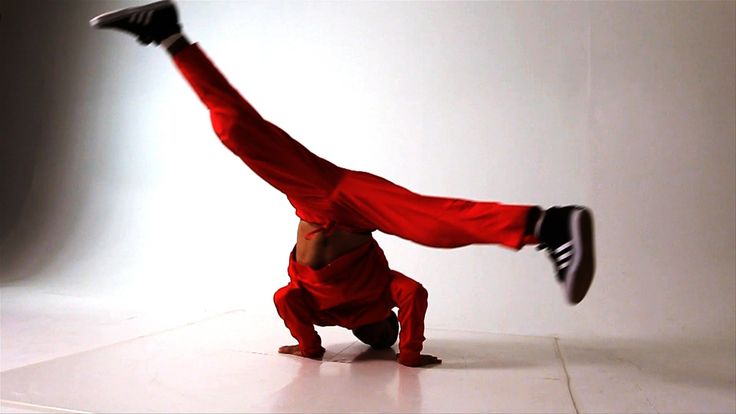 Now it includes Don Quixote - one of the most beloved by the public, bright and spectacular ... and at the same time, as the artists themselves admit, one of the most difficult classical ballets in physical and technical terms. The premiere performance for the dancers went off with a bang, receiving rave reviews and applause from the public. nine0010
Now it includes Don Quixote - one of the most beloved by the public, bright and spectacular ... and at the same time, as the artists themselves admit, one of the most difficult classical ballets in physical and technical terms. The premiere performance for the dancers went off with a bang, receiving rave reviews and applause from the public. nine0010
Both Ekaterina and Artem are graduates of the professional ballet school Mari El and students of its founder, artistic director of the Theater. Sapaev, Honored Artist of Russia and Minister of Culture of Mari El Konstantin Ivanov. After the performance, we talked with the prima ballerina about creativity, dreams, relationships with a duet partner and much more.
- Katya, tell us how you prepare for the performance of a new role in the play? What difficulties do you encounter while doing this - in the same Don Quixote, for example? nine0207
- The games I'm preparing for sometimes turn my mind quite a lot. It gets to the point that sometimes even in the simplest episodes, when you just need to stand and smile on stage, I think about my heroine: why is she standing like that and smiling like that? This is partly why I would not want to dance, for example, the main part in The Master and Margarita - I am afraid that I can plunge into this role with my head and simply never return from there. With Kitri, everything was quite simple, the main task was to complete all the technique, because Don Quixote is a technically very complex performance, with a lot of trick elements: rotations, lifts, and there you don’t think so much about the image. Moreover, Kitri is probably close to me in terms of temperament. And the most difficult thing in this situation was to learn a huge three-act performance in a very short time. nine0010
It gets to the point that sometimes even in the simplest episodes, when you just need to stand and smile on stage, I think about my heroine: why is she standing like that and smiling like that? This is partly why I would not want to dance, for example, the main part in The Master and Margarita - I am afraid that I can plunge into this role with my head and simply never return from there. With Kitri, everything was quite simple, the main task was to complete all the technique, because Don Quixote is a technically very complex performance, with a lot of trick elements: rotations, lifts, and there you don’t think so much about the image. Moreover, Kitri is probably close to me in terms of temperament. And the most difficult thing in this situation was to learn a huge three-act performance in a very short time. nine0010
- You have developed a successful creative tandem with Artem Vedenkin. How did you go about it?
- My wonderful, amazing partner Artem - he helps me a lot. We finally began to feel each other on stage. Four years ago, Artem and I did not understand each other at all, we often fought, and here my difficult character played a role. After all, he came to the leading parts later than me, and it was I who introduced him to the main performances: “Swan Lake”, “The Nutcracker”, etc. Now everything is fine with Artem, he began to understand me, stopped paying attention to my differences moods. We no longer swear, as before, we try to do on stage in a way that is convenient for the partner. Our relationship is purely working; we just understand that we are working in pairs, and in order for the viewer to be interested, it is necessary to treat each other warmly and friendly in life. nine0010
We finally began to feel each other on stage. Four years ago, Artem and I did not understand each other at all, we often fought, and here my difficult character played a role. After all, he came to the leading parts later than me, and it was I who introduced him to the main performances: “Swan Lake”, “The Nutcracker”, etc. Now everything is fine with Artem, he began to understand me, stopped paying attention to my differences moods. We no longer swear, as before, we try to do on stage in a way that is convenient for the partner. Our relationship is purely working; we just understand that we are working in pairs, and in order for the viewer to be interested, it is necessary to treat each other warmly and friendly in life. nine0010
- Do you have any favorite parts in your repertoire and what would you like to perform in the future?
- Each part that I dance is my favorite, even if it is some variation in the top three, in the four... For me, the role, status and character of the hero does not matter - I love everything I do.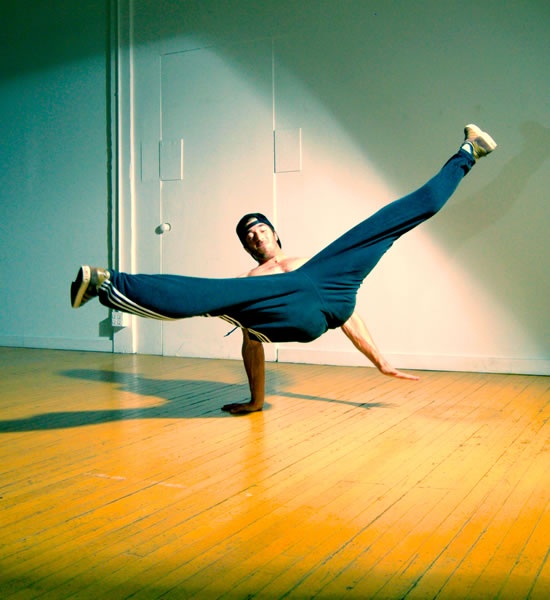
I have completely delusional thoughts about, for example, dancing Marcelina in "Vain Precaution" - although this is not a female part at all. But sometimes I think - oh, but I could do it! I would not so much like to perform any particular part, but rather to work with as many choreographers as possible, to dance the modern repertoire - the same Eifman, suppose ... which, perhaps, we don’t shine - but I hope that there will be something interesting ahead. nine0010
- Who do you consider the main teachers in the profession?
- Of course, first of all, Konstantin Anatolyevich Ivanov. Our choreographer-repetiteur Alla Yakovlevna Aleksandrova helps me in many ways; We had amazing teachers at the school. But in principle, I can consider anyone my teachers and educators in life: even my neighbors in the dressing room can tell me something that I'm doing wrong.
nine0005 Therefore, it can be said that any person I meet in life becomes my teacher.
 nine0010
nine0010 